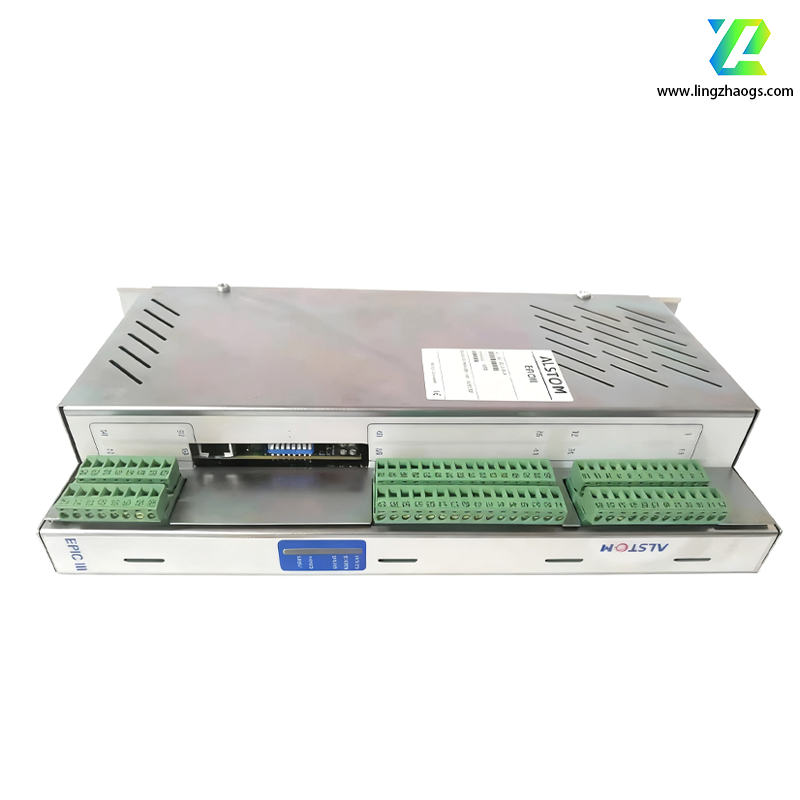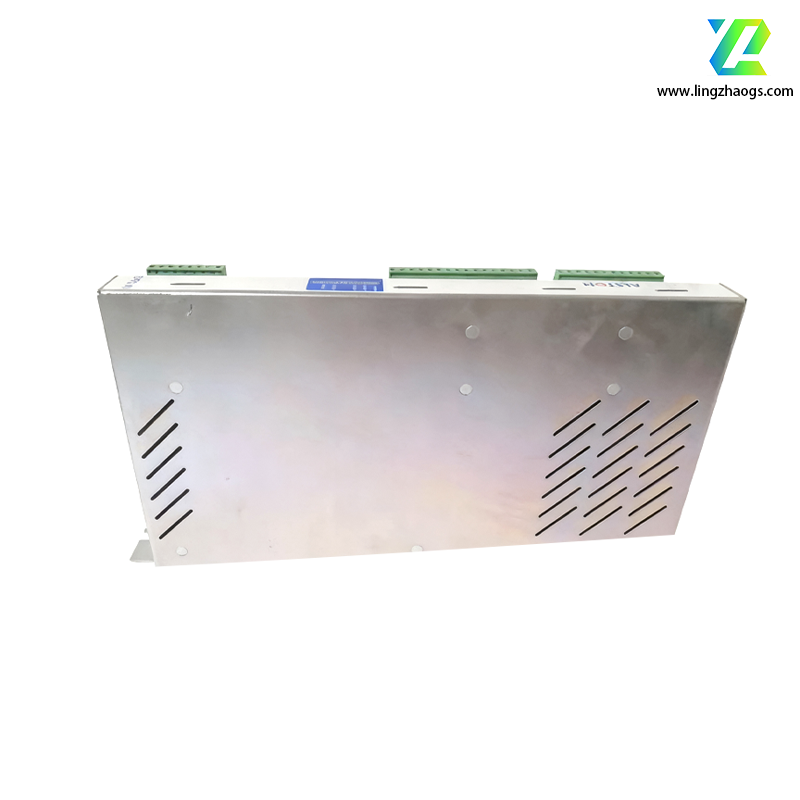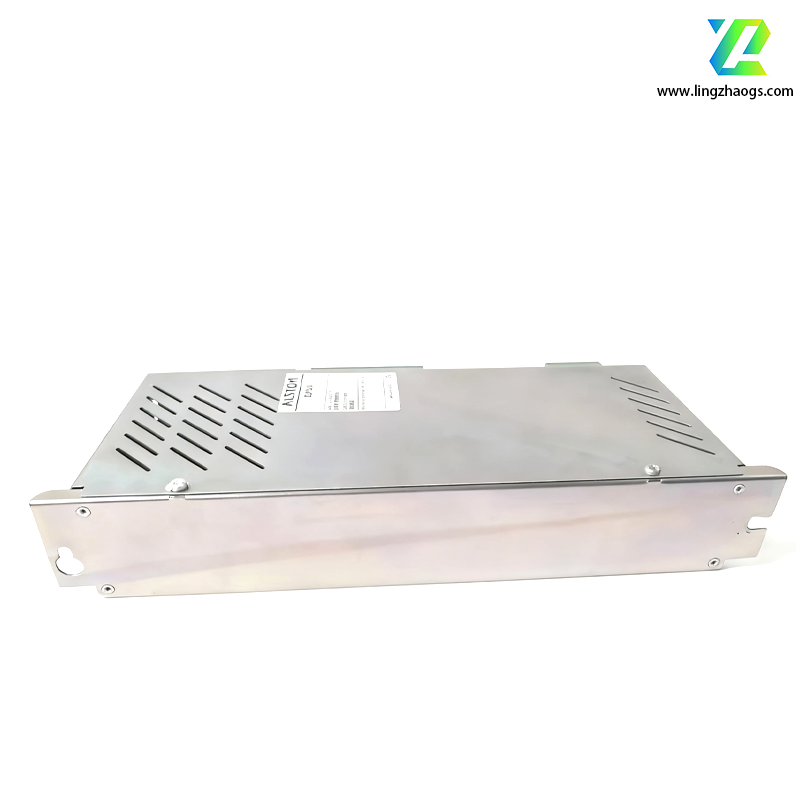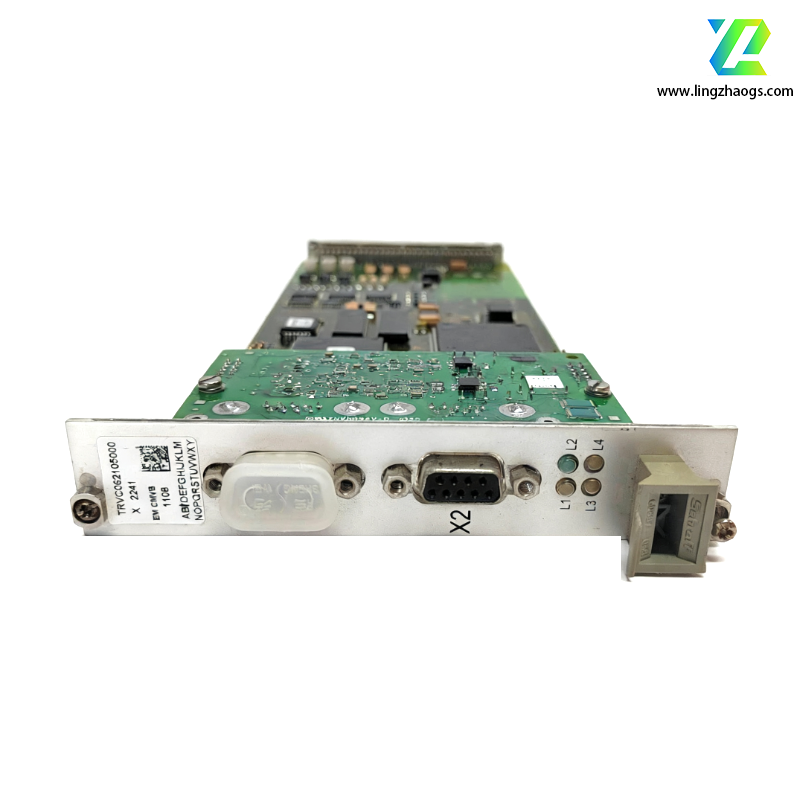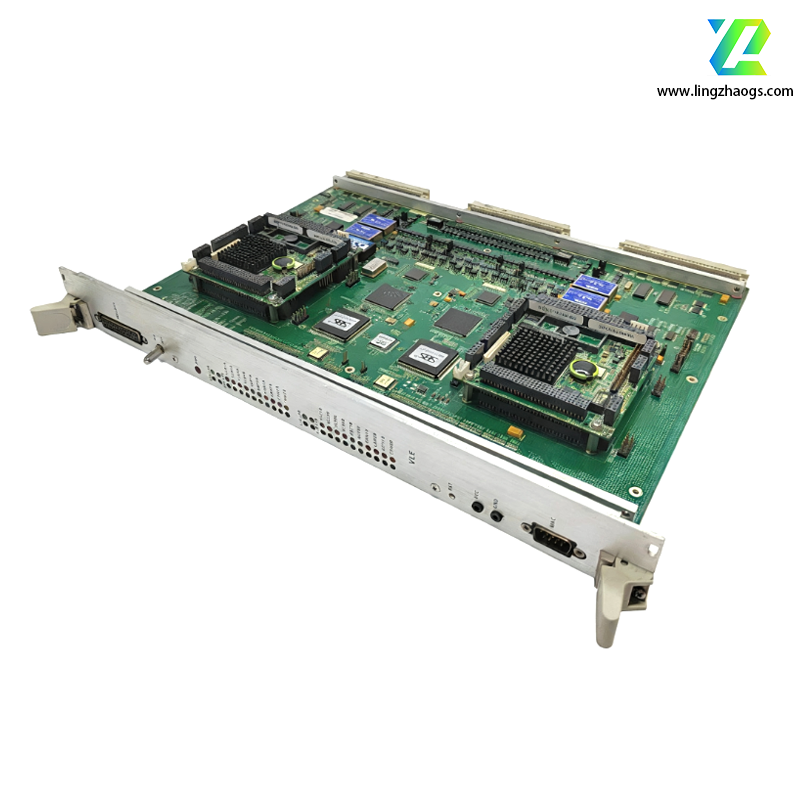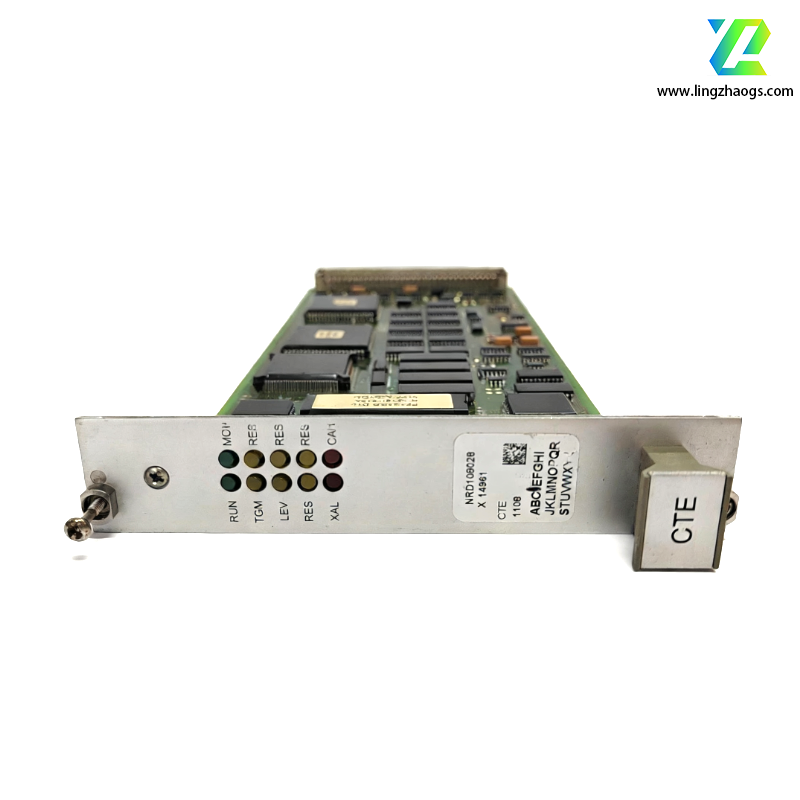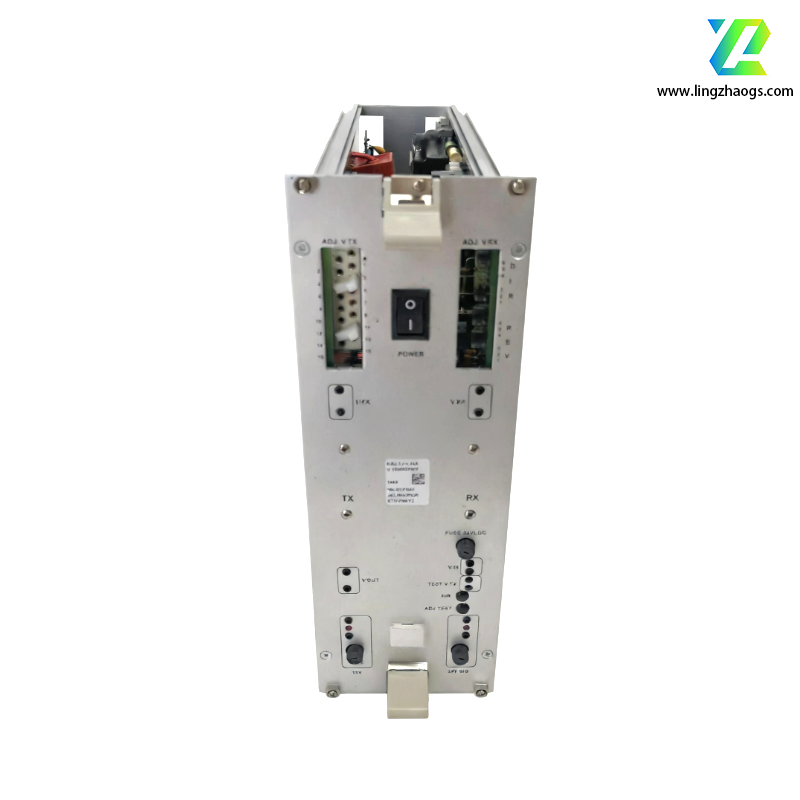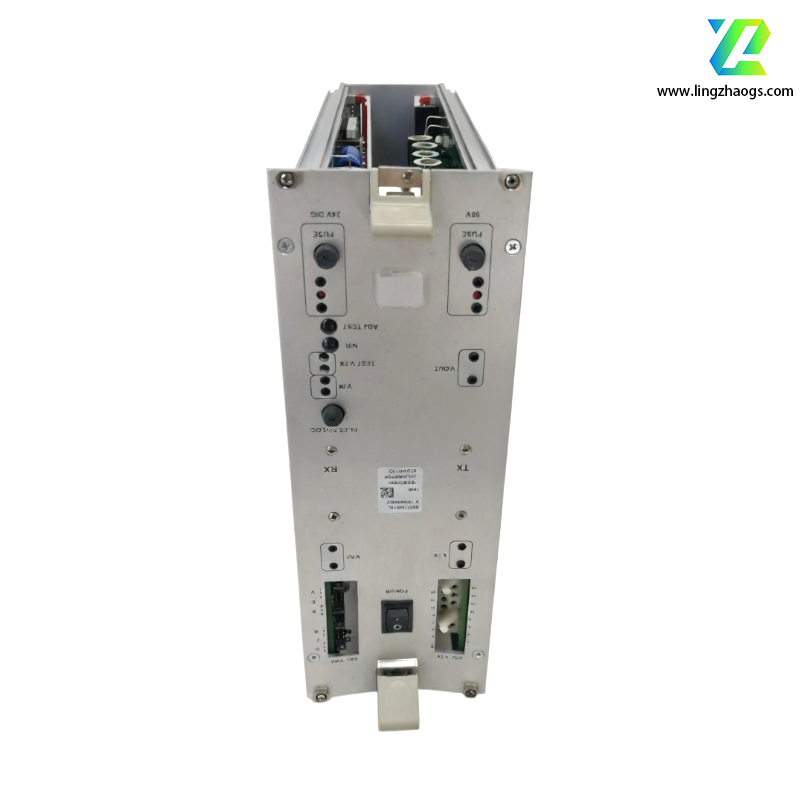ALSTOM EP3-E-4-A is a high-performance industrial controller module developed by ALSTOM, specifically engineered for the precise control and real-time monitoring of electrostatic precipitator (ESP) systems. As a core component in industrial environmental protection and automation setups, it integrates advanced microprocessor technology and adaptive control algorithms to optimize dust removal efficiency while ensuring system stability. This module seamlessly connects with SCADA systems and industrial networks, making it a pivotal solution for air pollution control in energy, manufacturing, and heavy industry sectors .
- ESP Precision Control & Optimization: Specializes in regulating critical ESP operational parameters, including output voltage, current, power, and discharge electrode gap . It employs advanced adaptive algorithms to automatically adjust control parameters based on real-time particulate load and flue gas conditions, maintaining dust removal efficiency at optimal levels .
- Multi-Signal Acquisition & Feedback: Equipped with 16 input/output (I/O) channels, it supports a wide range of analog signals (0–20 mA, 4–20 mA) for collecting on-site data such as flue gas temperature, pressure, and particulate concentration. Real-time data feedback enables dynamic adjustment of dust removal processes .
- Industrial Network Integration: Features Ethernet and RS-485 communication interfaces, natively supporting Modbus RTU protocol. This allows seamless connectivity with SCADA systems and centralized monitoring networks, facilitating remote operation, data logging, and centralized management .
- Comprehensive Diagnostics & Protection: Integrates real-time fault detection and preventive diagnostic functions. It monitors system anomalies (e.g., overcurrent, overvoltage, electrode breakdown) and triggers automatic protection mechanisms (e.g., shutdown, alarm) to avoid equipment damage and ensure operational safety .
- Industrial-Grade Environmental Resilience: Adopts a robust structural design resistant to vibration, electrical noise, and corrosion. It operates stably in extreme temperatures ranging from -20°C to +70°C, making it suitable for harsh industrial environments such as steel plants and cement kilns .
- High Efficiency & Energy Savings: Boasts a power conversion efficiency of up to 90% with low ripple and noise output, reducing energy consumption while maintaining stable ESP performance. This balances environmental protection goals with operational cost optimization .
- User-Friendly Operation & Maintenance: Features an intuitive interface and supports both automatic and manual control modes. The modular design simplifies wiring, replacement, and calibration, minimizing maintenance downtime and operational complexity .
- Broad Compatibility: Designed to integrate with various ESP system configurations and ALSTOM’s industrial automation platforms. It supports flexible expansion to adapt to different dust removal scale requirements, from small boilers to large power plant units .
- Power Generation Industry: Widely used in coal-fired power plants to control flue gas dust removal systems. It removes particulate matter from combustion exhaust, ensuring compliance with environmental emission standards .
- Heavy Manufacturing: Applied in steel plants, cement factories, and petrochemical refineries. It controls dust emissions from smelting, grinding, and chemical reaction processes, improving on-site air quality .
- Environmental Protection Engineering: Integrated into industrial waste gas treatment systems for waste incineration plants and chemical waste disposal facilities. It reduces particulate pollutant discharge to meet regional environmental regulations .
In a 1000MW coal-fired power plant, the ALSTOM EP3-E-4-A module is installed in the ESP control cabinet of the boiler flue gas system. It collects real-time data (e.g., flue gas flow, particulate concentration, electrode voltage) through 4–20 mA analog channels and transmits the data to the central SCADA system via Ethernet . When the particulate concentration exceeds the set threshold, the module automatically adjusts the ESP’s output power and electrode spacing using adaptive algorithms, enhancing dust removal efficiency from 98% to 99.5% . During a sudden electrode short-circuit fault, it triggers an immediate overcurrent alarm and cuts off the power supply within 0.5 seconds, preventing damage to the high-voltage rectifier and extending equipment lifespan .
- Enhanced Environmental Compliance: Ensures ESP systems meet strict particulate emission standards (e.g., ≤10 mg/Nm³) through precise control, helping enterprises avoid environmental penalties and improve sustainability credentials .
- Reduced Operational Costs: The 90% high efficiency reduces energy consumption by 15–20% compared to conventional controllers. Predictive diagnostics minimize unplanned downtime, lowering maintenance and replacement costs .
- Improved System Reliability: Industrial-grade resilience and multi-level protection mechanisms reduce ESP failure rates by over 30%, ensuring continuous operation even in harsh conditions .
- Simplified Integration: Compatibility with Modbus RTU and SCADA systems eliminates the need for custom interface development, enabling seamless integration into existing automation infrastructures .
- Confirm System Compatibility: Prior to procurement, verify compatibility with the target ESP system’s power rating (e.g., 96W output matching) and signal type (e.g., 4–20 mA sensors). Clarify whether the application requires additional I/O expansion .
- Source from Authorized Channels: Purchase through ALSTOM-authorized distributors or formal industrial spare parts suppliers. Request product certification documents (e.g., CE, environmental compliance certificates) and batch records to avoid counterfeit or substandard products .
- Adhere to Installation Standards: Install by certified technicians following ALSTOM’s official manual. Ensure correct wiring of high-voltage output terminals and communication interfaces, and avoid voltage mismatches that may cause module burnout .
- Implement Regular Maintenance: Conduct quarterly inspections of interface connections and dust accumulation. Calibrate signal accuracy and control parameters annually using standard ESP test equipment to maintain optimal dust removal efficiency .
